Revolution evolution: Coming curriculum model breaks century-old mold
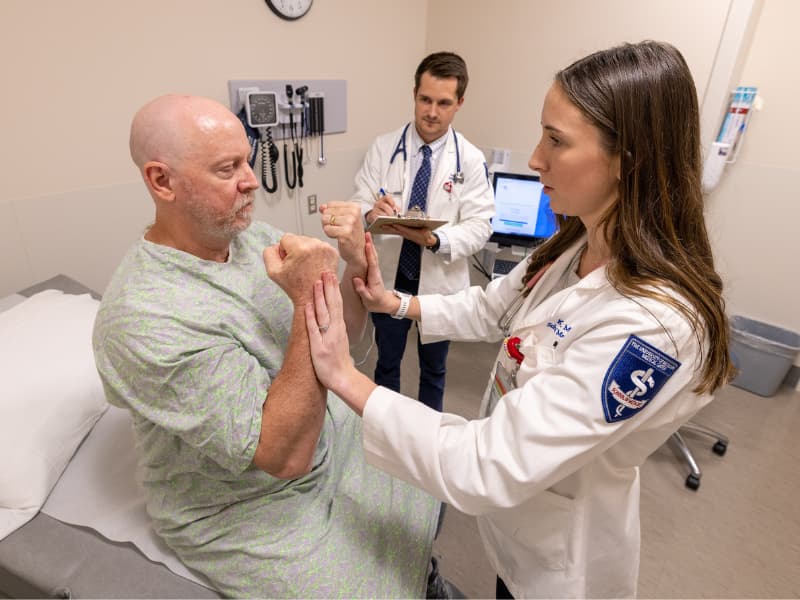
Note: This article was originally published in the Winter 2023 issue of Mississippi Medicine, the medical alumni magazine.
Like Kellogg’s, Pepsi and Campbell’s Soup, many medical schools in the early 20th century were built to make money.
Unlike those other enterprises, when a medical school put out a production line, you didn’t know what you were going to get: In many cases, standards and facilities were poor; and, curiously, its product wasn’t always steeped in science.
Then, in 1910, the revolution came: The Flexner Report, an exhaustive survey of American and Canadian medical schools, fired an upheaval in medical education, ensuring that, among other things, the young scientists in these schools learned science.
In the ensuing decades, though, scientific knowledge accreted like icicles on a frosty morn, so much so that educators say the revolution needs an evolution, one that’s coming to the University of Mississippi Medical Center and a medical student near you.
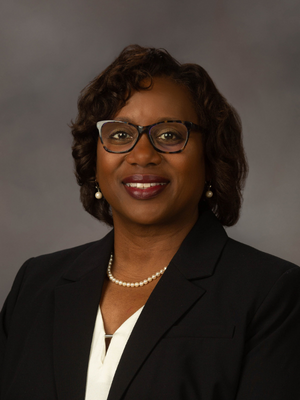
“We have been talking about this for at least a decade, and we’re finally able to break a mold,” said Dr. Loretta Jackson-Williams, professor of emergency medicine and vice dean for medical education in the School of Medicine at UMMC.
“A 1910 mold.”
For years, the mold-breakers in the School of Medicine have met among various curriculum redesign subcommittees. Because the work of these faculty, staff and students heralds a major reorganization of the medical education program, it requires a formal heads-up to the Liaison Committee on Medical Education, the national medical school accrediting body.
In August 2022, Dr. LouAnn Woodward, vice chancellor for health affairs and dean of the School of Medicine at UMMC, sent the LCME a completed Major Curricular Modification Form. It describes an overhaul of the pre-clinical, or M1 and M2, curriculum.
For M1s, the renovations will be in place this academic year, 2023-2024; for M2s, 2024-2025.
To get to this point, the redesign team started with this premise: “All of that medical knowledge that has accumulated in the last 100 years is impossible to teach in four years,” Jackson-Williams said.
“We have to evolve our education program in a way that helps students have an appreciation for all of that science – without being overwhelmed by its scope.”
DELIVERY DRIVER
The key is in the delivery. In which case, the star of this show is what is known as “systems-based curriculum.”
That means a transition to systems-based from the current discipline-based, foundational science curriculum. Discipline-based teaching attacks each subject, such as anatomy and physiology, one at a time, with scant coordination of these forces.
But, now, much of what medical students have spent little or no time on until their final two years – and, sometimes, not until residency – will be pushed up to their first two.
They will participate in more simulated clinical experiences and interpret lab results. They will mull over the simulated diseases and conditions of Standardized Patients, or patient actors.
“Think of the curriculum as a jigsaw puzzle, one where the pieces are hard to fit together right now,” Jackson-Williams said. The pieces are certain courses, material that is relevant to other courses as well; but, often, it wasn’t connected in the classroom.
“But, if you don’t help students make the connections between courses of study, they may see it as random, trivial knowledge,” Jackson-Williams said. “So, now, we’re going to be scaffolding, or layering, one course on top of another whenever it makes sense to do so.
“We’re helping students take what they learn and better translate it to the clinic. This will ultimately change patient care.”
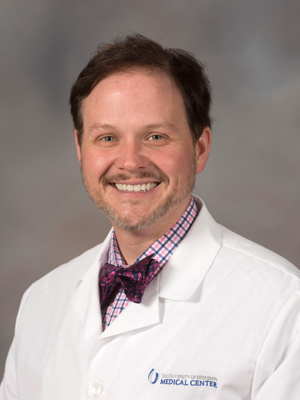
About half of all medical schools in the country have adopted the systems-based approach, said Dr. David Norris, professor of family medicine and assistant dean for academic affairs in the School of Medicine.
“And more are moving in this direction.
“Our redesign moves first- and second-years student away from mere memorization, away from learning without context,” said Norris, who like Jackson-Williams, is one of the redesign gurus. “Of course, you can’t do something like this without the student perspective.”
Mina Motakhaveri, for one, has helped deliver that.
POLL POSITION
Now a third-year medical student and former adjunct science professor at the University of West Florida, Motakhaveri was one representative of her classmates throughout the redesign.
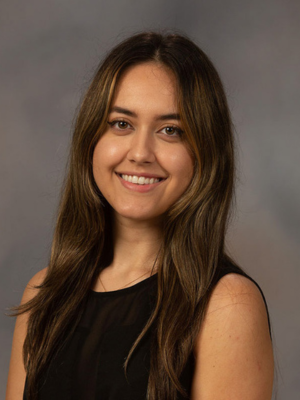
“The school is good about getting input from students,” said Motakhaveri who collected input on her own with a small, informal poll. More than 80 percent of the 17 students who responded to her survey said they would prefer the newer, systems-based approach.
“I’m sure it will not be better for all students,” Motakhaveri said. “But I believe it is a good idea because other medical schools are going that way and because you get the material in a more concise package.
“You must now consider all the patient’s systems together, not piecemeal – which is the way the material is taught now.”
Under the new system, the goal, at first, is to avoid a significant drop in students’ scores. That includes those on classroom tests and the extremely important first part of the U.S. Medical Licensing Exam, or Step 1, Norris said.
“But we want to see an improvement on tests as early as 2024. And on Step 1, in the 2025 calendar year.”
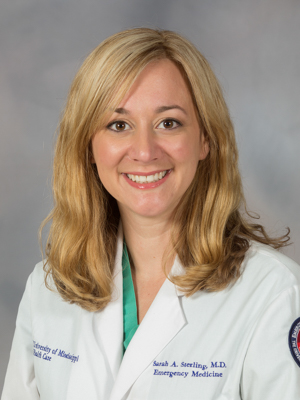
Of course, faculty members accustomed to driving the 1910 curriculum model have some serious gear-shifting to do. Another member of the redesign team, Dr. Sarah Sterling, for one, isn’t sure how much it will affect how she teaches; she just knows she wants to keep at it.
“Education is such an important part of what we do, and finding ways to keep our curriculum innovative and effective is key,” said Sterling, professor of emergency medicine and co-course director for two of the new courses for first-year medical students.
The curriculum change comes not a year too soon, Jackson-Williams said. “We have a 1956 report on the LCME visit to the medical school; it shows that the curriculum we’ve been using looks much like the curriculum from 67 years ago.”
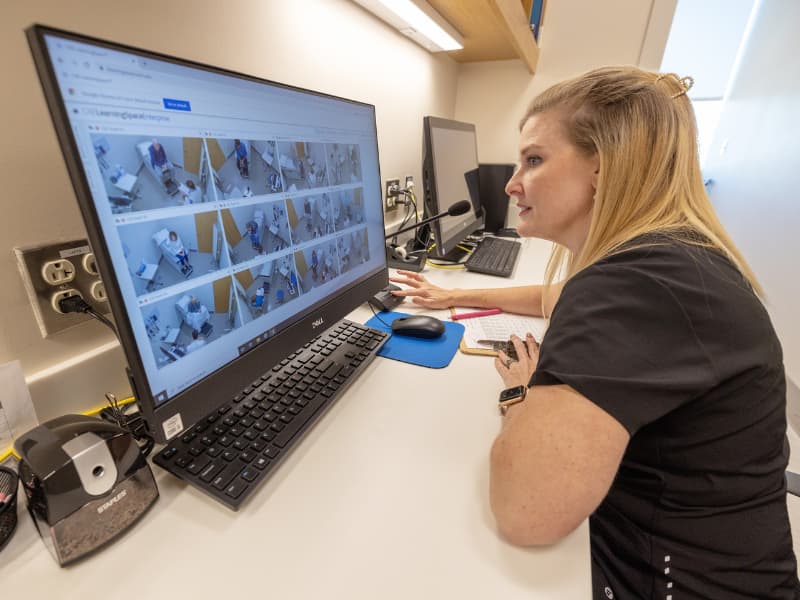
SWEET SCIENCE
After Flexner, medical schools swung their focus to a four-year, science-based course of study, with the last two years devoted to a clinical education.
“For that time, this approach was absolutely perfect,” Jackson-Williams said. “Scientific knowledge would now undergird everything in the study of medicine, which had not always been the case.”
However, some “downstream bad effects” ensued. “Significantly, the number of medical schools for African Americans dwindled to two,” Jackson-Williams said. “And for-profit medical schools went out of business, even those doing a good job.”
No one foresees medical schools going out of business by embracing the evolution. In fact, under this medical school’s crisp, new curriculum, students will learn more about business – the business of medicine, including dealings with the drug and insurance industries.
“When I was a medical student, there was so much we didn’t know, but students know it now,” said Jackson-Williams, a 1994 graduate of the Boston University School of Medicine. “It’s amazing how drastically the practice of medicine changes over a lifetime.
“We even have prospective students ask us why we aren’t systems-based. So, I believe this is the right time to make the change, and I absolutely believe the school will produce better physicians.
“Our graduates have been fantastic; they have been great. This is just going to make them greater.”


